Deadlift Grip: 6 Ways to Hold the Bar
A vital aspect of any proper deadlift execution is the grip that's used, as different grip types offer distinct advantages and applicability over one another.
Unless you’re a powerlifter or moving a significant amount of weight, you’ll want to try out the different grip styles and see what fits your needs the most.
In this article, we will discuss the pro’s and con’s of every single method of gripping the barbell during the deadlift - including the sumo grip, snatch grip, hex bar grip and many more.
Why is Grip Method Important for Deadlifts?
Any lifter who has failed a deadlift set because of fatigued forearms can attest to the importance of keeping a proper grip.
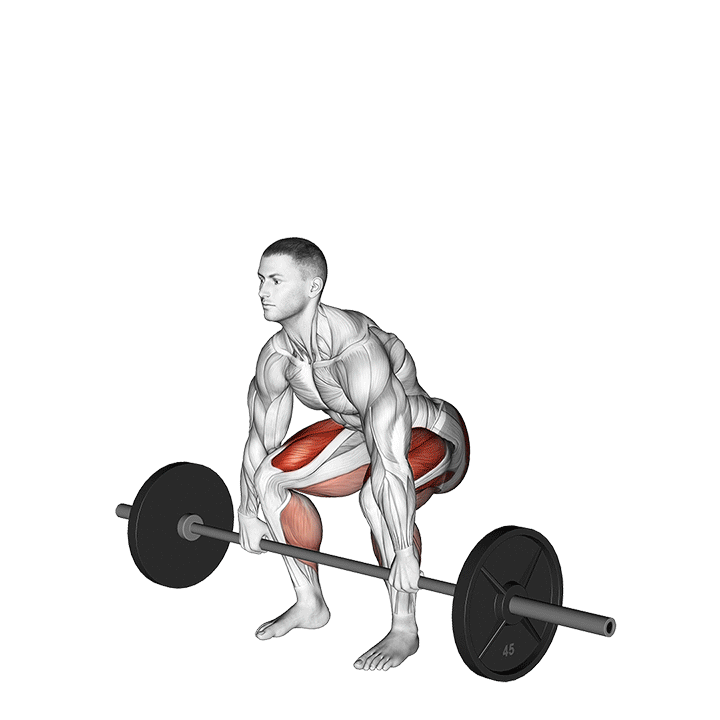
However, more comes into play than simply the endurance of our forearm’s musculature - the positioning of the fingers, the distance of the hands along the bar and even the orientation of the forearms all influence how well a lifter will be able to maintain their hold over the barbell.
Utilizing the correct grip method for your training purposes will allow you to both complete the set safely, as well as maintain control over the bar.
Grip Methods for Deadlifts
1. The Standard Double Overhand Grip
The standard double overhand stance is the “base” deadlift grip method you’re most likely to encounter.

It involves both hands being placed slightly wider than shoulder-width apart in a pronated orientation, and is most often the first method of gripping the bar that novice weightlifters learn as they familiarize themselves with the deadlift.
Muscles Emphasized
The double overhand grip equally distributes the weight through the forearms of both sides of the body.
Advantages
The primary benefit of the double overhand grip is its simplicity - it is an entirely natural movement that individuals may already be familiar with, regardless of their experience with performing deadlifts.
This simplicity also makes it one of the safest grips to use with light and moderately heavy loads, and it is considered to be the only grip style a weightlifter will need until they progress to the more advanced stages of their training.
Disadvantages
Although the double overhand grip is considered to be one of the safest deadlift grip styles, it is also one of the weakest.
Not only does it fail to control rotation of the barbell, but it further provides little grip advantage in comparison to other grip methods. This can lead to the lifter dropping the barbell or otherwise being limited by fatigue in their forearms.
How-to:
To do the double overhand grip, the lifter will set the hands shoulder-width apart along the bar in a pronated orientation, fingers and palms wrapped around it. The palms should face downwards, with the thumb wrapped around the opposite side as well.

2. The Mixed Grip
For greater control and reduced muscular limitation, the mixed grip is the ideal next step for weightlifters performing the deadlift.
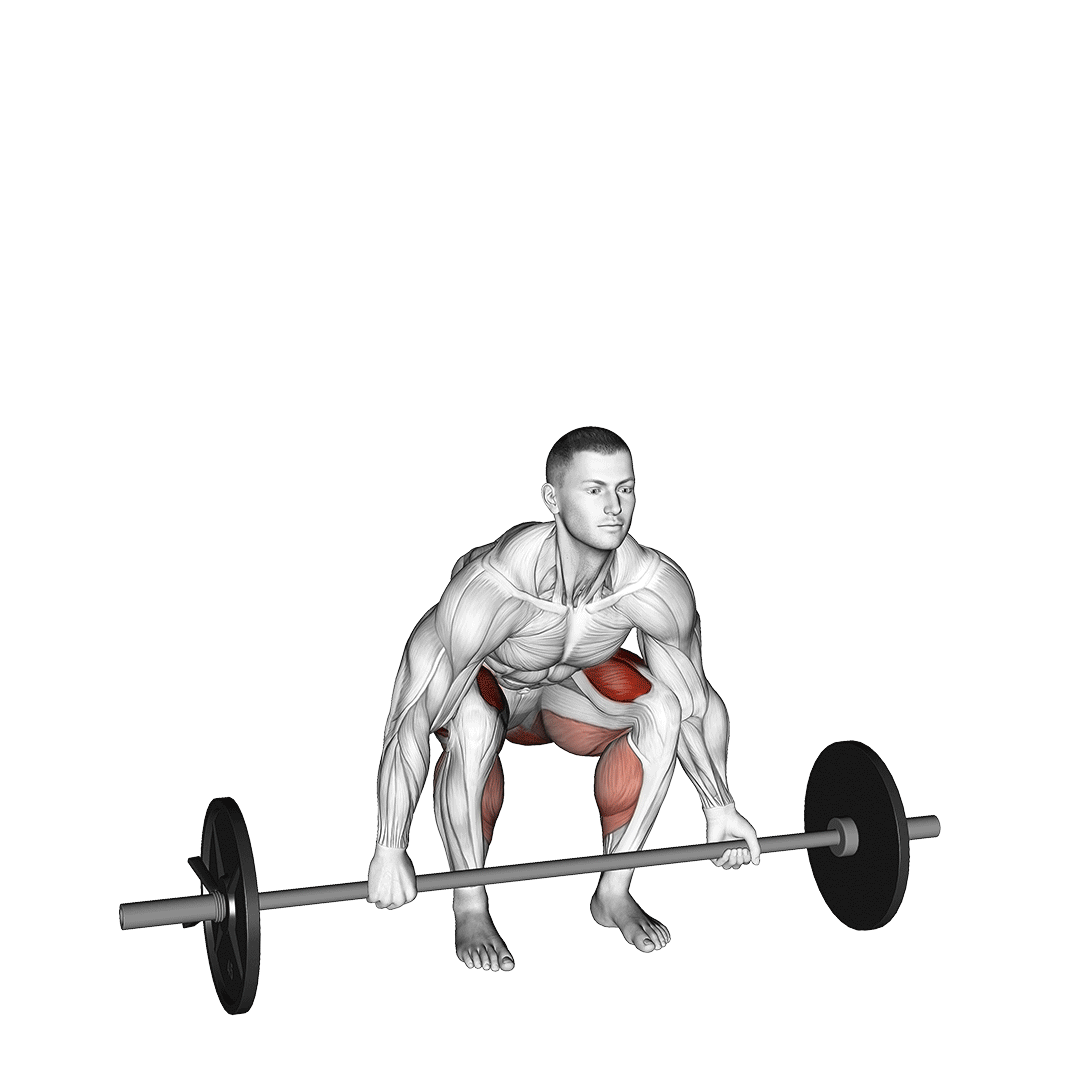
Unlike the double overhand grip, the mixed grip is asymmetrical, and will involve one hand being in a supinated orientation so as to keep control over the bar and maintain a better hold over it.
Muscles Emphasized
The mixed grip is asymmetrical and will emphasize the forearms of the pronated arm, whereas it will isometrically recruit the biceps of the supinated arm.
Advantages
The primary advantage of the mixed grip is quite obvious - it lets you lift more weight without being limited by the barbell rotating or your grip strength giving out. This makes it perfect for deadlift 1RM attempts.
In addition, the mixed grip is almost as technically simplistic as the double overhand grip, and is relatively comfortable in comparison to more advanced methods like the hook grip.
Disadvantages
Because the mixed grip is asymmetric, it is likely to cause muscular imbalances of the forearms, trapezius and deltoids when employed for numerous training sessions. Weightlifters may prevent this by switching the orientation of their hands between sets, but it is still a less-than-ideal grip to be using for regular training.
Furthermore, the mixed grip increases the risk of bicep tears if performed incorrectly, and can negatively affect the stance of the lifter if they have particularly poor shoulder or forearm mobility.
How-to:
Setting one hand around the barbell in a pronated grip, the opposite hand will wrap beneath the barbell with the palms facing outwards, as if performing a bicep curl.
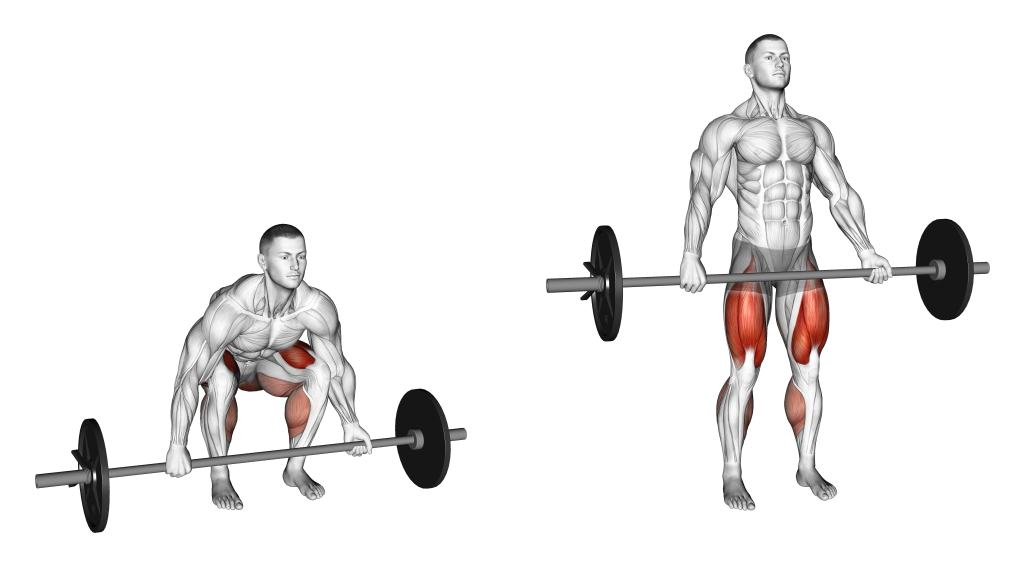
The hands may be adjusted wider or closer than shoulder-width apart as shoulder mobility allows - so long as the supinated arm remains completely straight with no elbow bending whatsoever.
Keeping the underhand arm completely straight is especially important, as allowing the elbow to bend may lead to bicep tears under particularly heavy loads.
3. The Hook Grip
An advanced grip technique used to maximize control over the bar - the hook grip involves using the thumb as a “hook” around the barbell where it will be secured against it by the remaining fingers of the hands.
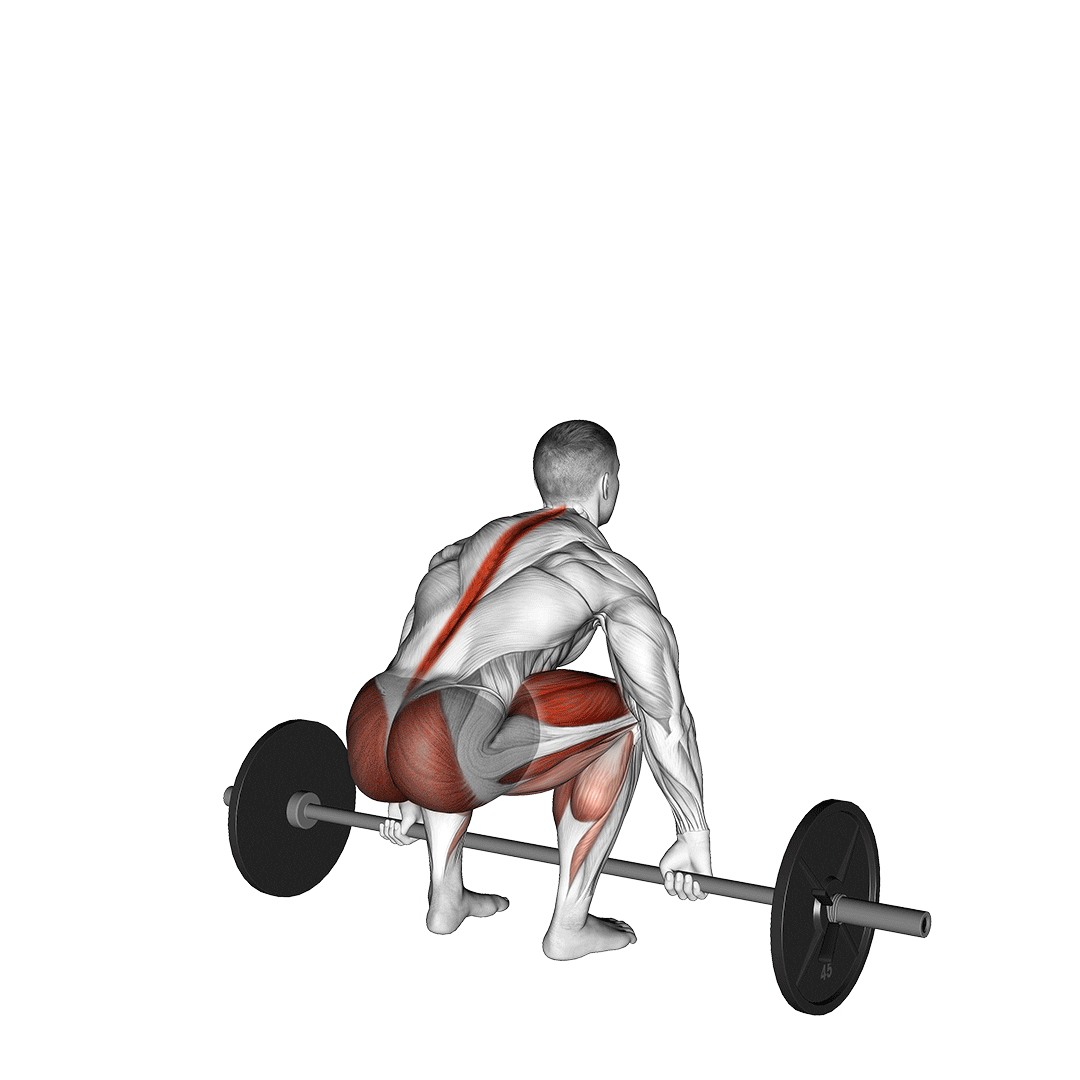
As one may guess, the hook grip is highly effective at maintaining a hold over the barbell, even in sets of extremely heavy weight - however, it will also be limited by the actual length of the lifter’s fingers, as well as their ability to tolerate the discomfort that it brings.
Muscles Emphasized
Deadlifting with the hook grip works much the same muscles as a double overhand grip - only with somewhat less involvement of the forearms.
Advantages
The hook grip maximizes control and hold over the barbell, as it quite literally traps the thumb against the bar as if it were a hook.
This is done without as much involvement of the forearm’s muscles, meaning that the lifter will be less limited by muscular fatigue or weakness, and will be able to lift more weight than with a standard grip.
Furthermore, the hook grip avoids much of the same disadvantages of the mixed grip and will equally distribute resistance throughout both sides of the body - meaning no muscular imbalances or difficulty maintaining an even stance.
Disadvantages
The primary disadvantage of the hook grip is the degree of strain it places on the thumbs. Because the thumb is in an extended position and wedged against the barbell with the opposing fingers, significant pain and discomfort may be felt.
Pain and discomfort notwithstanding, the hook grip may also be otherwise impossible to perform for individuals with short fingers, as they may simply not be long enough to encompass the entire barbell with the thumb in-between.
How-to:
Placing the hands shoulder-width or slightly wider apart, the thumbs will first wrap beneath the barbell, extending them as far around as possible. This may rotate the wrists slightly - of which is entirely fine.

With the thumbs hooked around the barbell as far as they can, the first two opposing fingers will then wrap around the opposite side of the barbell, trapping the thumb against it as they do so.
If their fingers are long enough, the lifter can also try wrapping their ring finger around the thumb. Otherwise, the remaining fingers of the hands will grip the barbell as normal.
4. The Snatch Grip (Wide Grip)
The snatch grip is an advanced grip style primarily employed by Olympic weightlifters so as to reinforce their snatch technique or otherwise target the muscles of the upper back to a greater extent.
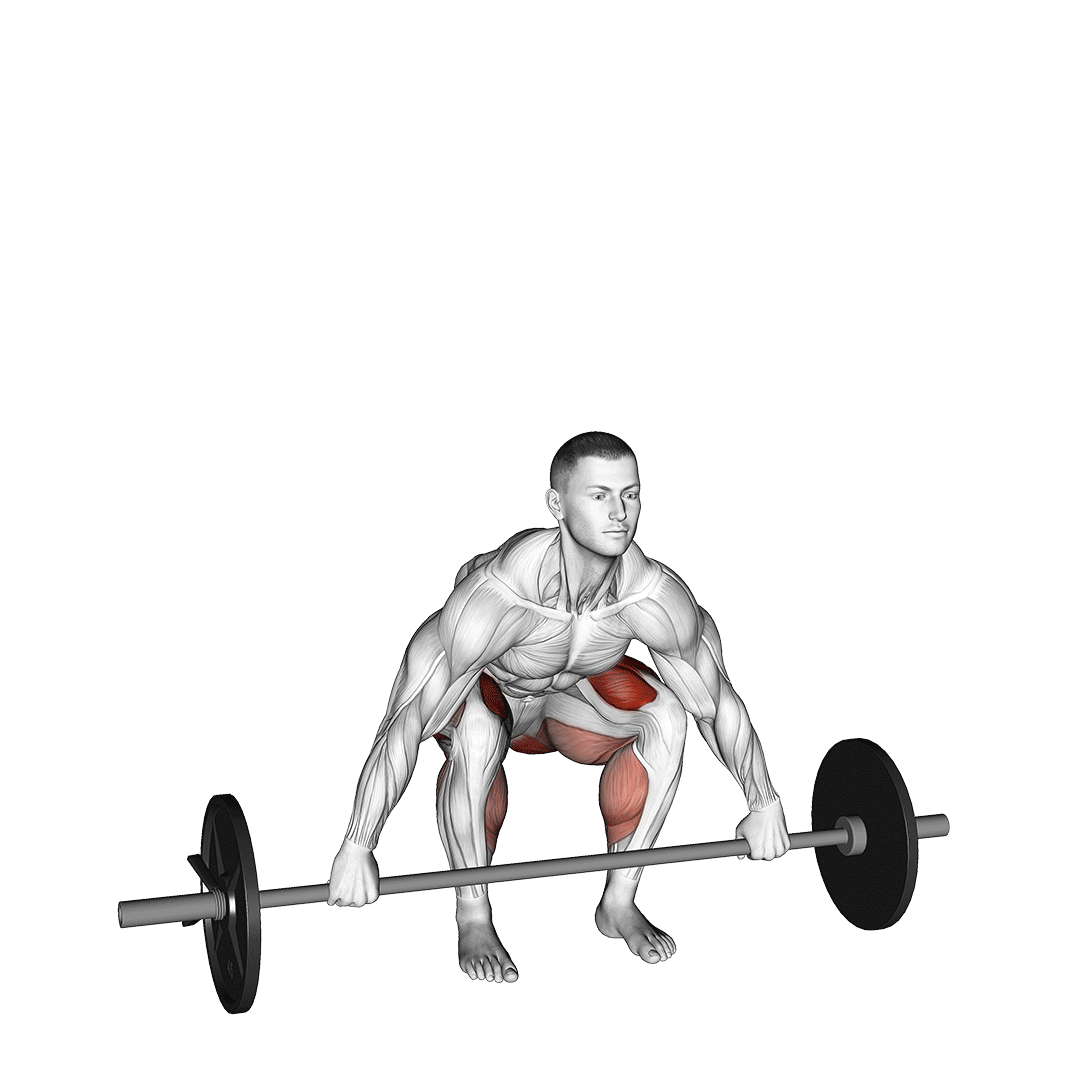
As the name implies, the snatch grip involves a snatch-like hand placement - or approximately arms-length, with the hands set significantly wider than shoulder-width apart.
Muscles Emphasized
The snatch grip will greatly reduce the involvement of the forearm muscles, instead shifting much of the emphasis towards the trapezius, latissimus dorsi and other upper back muscles.
Advantages
The snatch grip is both an effective method of indirectly improving snatch mechanics, as well as targeting the muscles of the upper back to a greater extent. In addition, it may also be modified so as to accommodate a hook grip, if needed.
Disadvantages
Because of how far apart the hands are during a snatch grip deadlift, the lifter will have trouble stabilizing or otherwise exerting the muscles of their forearms. This can lead to reduced grip strength and a lower capacity for weight to be moved.
How-to:
To grip the bar in a snatch grip, the lifter will spread their arms out to approximately one-and-a-half width to the shoulders, ensuring that the arms are kept completely straight throughout the set.
The hands may be set either in a standard double overhand grip or in a double hook grip, depending on the amount of weight being moved.
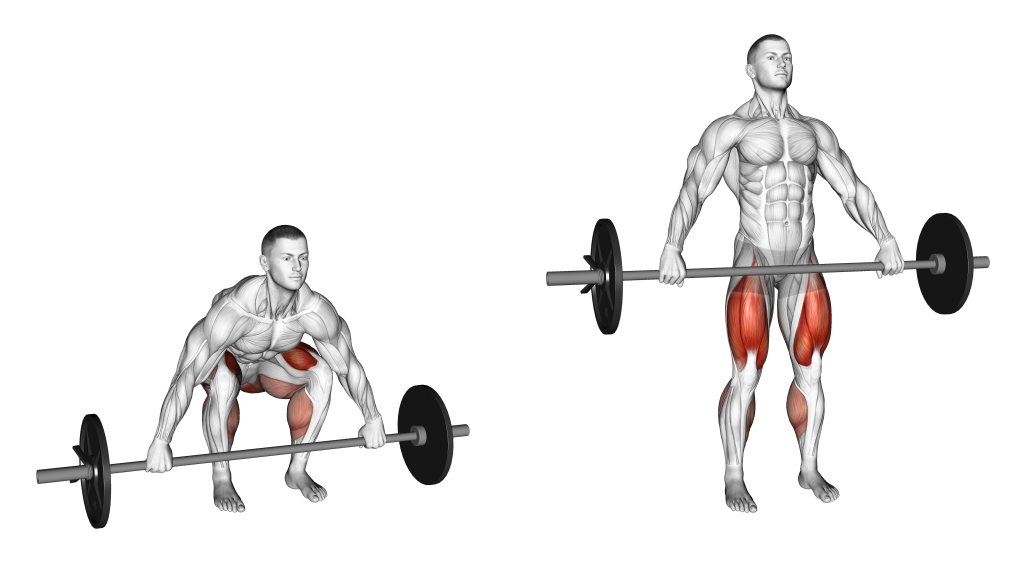
Ideally, the snatch grip will have the barbell resting above the groin region with the arms fully extended.
5. The Sumo Grip (Sumo Deadlift)
Less a deadlift grip style and more an alternative exercise - the sumo grip deadlift involves placing the arms between the knees, rather than outside of them.
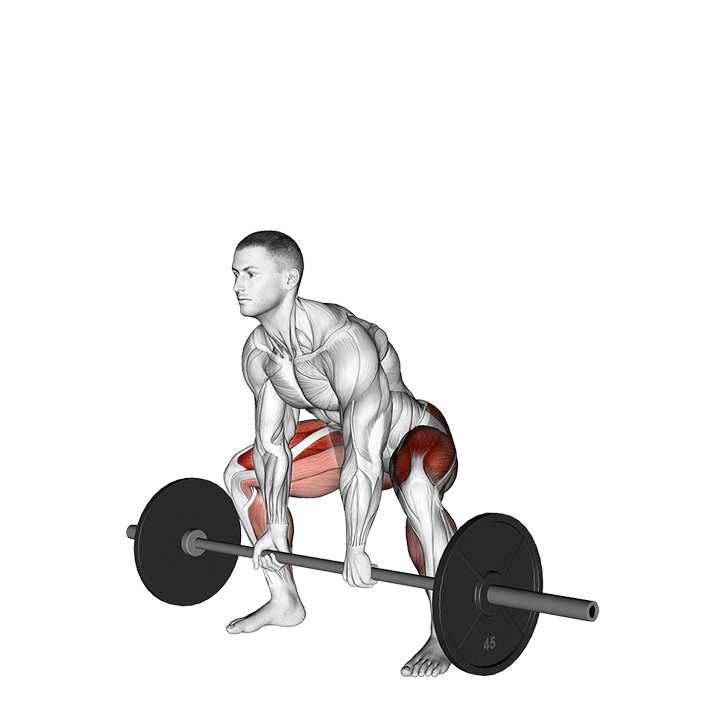
This increases the amount of weight that may be lifted due to a shorter range of motion, and also shifts the muscular emphasis of the movement towards the quadriceps more.
Muscles Emphasized
Performing the deadlift with a narrow or sumo grip causes the quadriceps to be recruited to a greater degree.
Advantages
Performing deadlifts in the sumo style allows for more weight to be lifted (due to a shorter ROM) and an easier time stabilizing the entire deadlift stance, as the arms will be closer to the body’s center of gravity.
In addition, the sumo grip may also be modified so as to be mixed or a hook grip if the lifter is moving particularly heavy amounts of weight.
Disadvantages
The sumo grip will shift emphasis away from the hamstrings due to the difference in stance that it necessitates - and will also require somewhat greater technical skill to master fully.
How-to:
Adopting a wider stance with the legs further apart than with a conventional deadlift, the lifter will place their hands narrower than shoulder-width apart along the barbell, bending further at the knees and thrusting the pelvis back at the start of the repetition.

The specific orientation of the hands and fingers - that is to say, overhand, mixed or otherwise - will depend on the needs of the lifter, but will nonetheless still involve the hands being significantly closer together than with a conventional deadlift stance.
6. The Neutral Grip (Hex Bar Deadlifts)
Performing deadlifts with a neutral grip will require a special type of barbell known as the hex or trap bar.
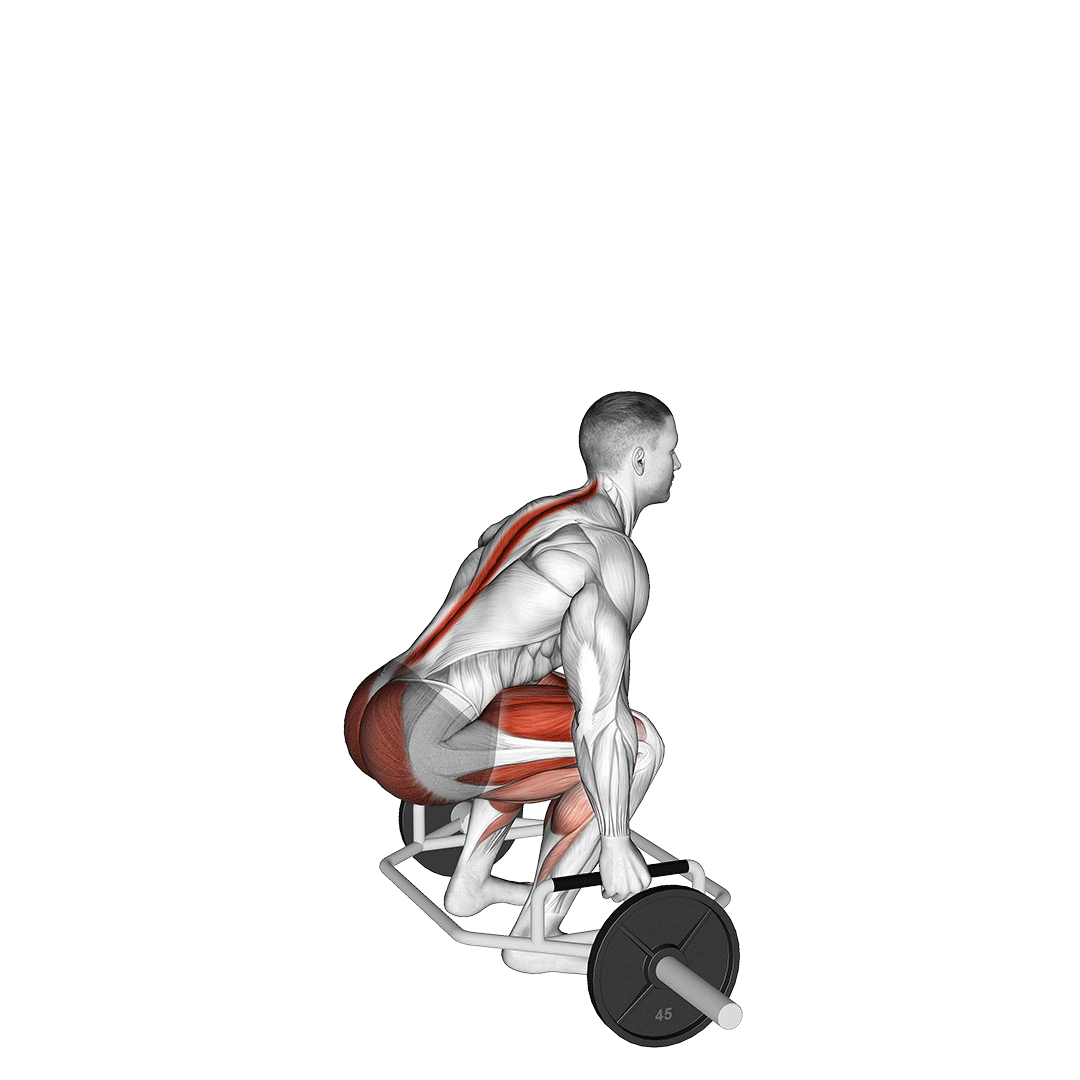
This barbell is shaped like an hexagon, and will generally feature a pair of parallel bars at either side of the weightlifter’s body as they stand within said hexagon - allowing the deadlift to be performed with the hands at the sides of the body, and the forearms in a neutral orientation.
This variation is otherwise known as a “hex bar deadlift”.
Muscles Emphasized
The trap bar deadlift will place greater emphasis on the trapezius muscles, and reduce the level of involvement the muscles of the forearms will have.
Advantages
The neutral grip deadlift allows for less forearm involvement and a greatly reduced risk of injury - especially in regards to the spine and lower back, where the weight distribution of the hex bar deadlift (i.e. not entirely towards the front) will place less stress on the back.
The neutral grip is also far less technically complex to learn than most other deadlift grip styles, and is comparable to the double overhand grip in terms of technique and mobility requirements.
Furthermore, using the hex bar for the deadlift can allow for greater weight to be moved for greater volume, and is considered to be overall a more natural movement pattern.
Disadvantages
Because of how distinct the neutral grip deadlift can be from a conventional deadlift, they are used for two distinct purposes and the former variation is not technically applicable to powerlifting competitions.
In addition, the hex bar is considerably heavier and more costly than a standard Olympic barbell, and may not be accessible to all individuals.
How-to:
Stepping within the hexagonal barbell, the lifter will bend at the hips and knees as they grip both parallel bars at their sides, forearms in a neutral orientation. They may then proceed with the deadlift as normal.
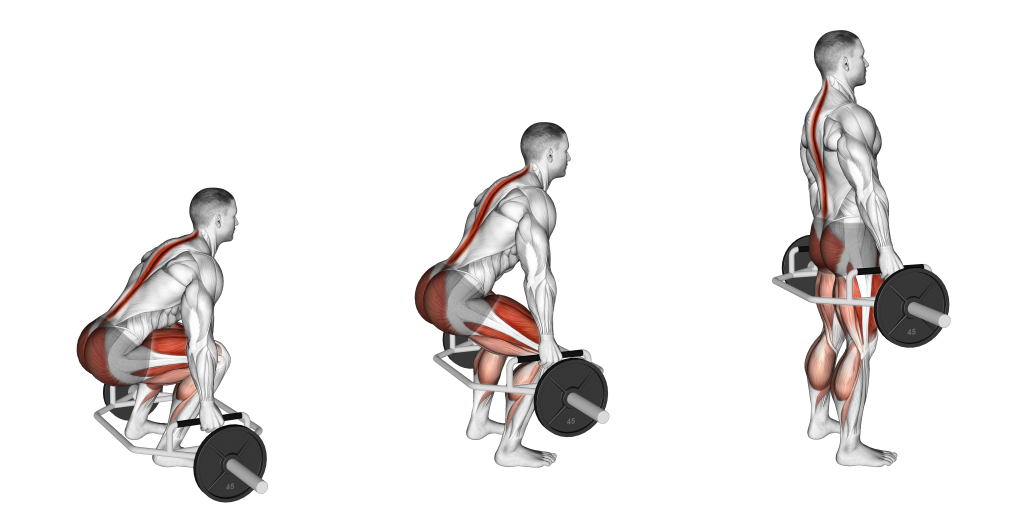
A Note on Straps and Hooks as Deadlift Grip Alternatives
Keep in mind that there is no need to change to an unfamiliar grip style if you’re attempting a 1RM - or are in any other circumstance that requires a temporary boost in grip strength. Using weightlifting straps or hooks is entirely fine.
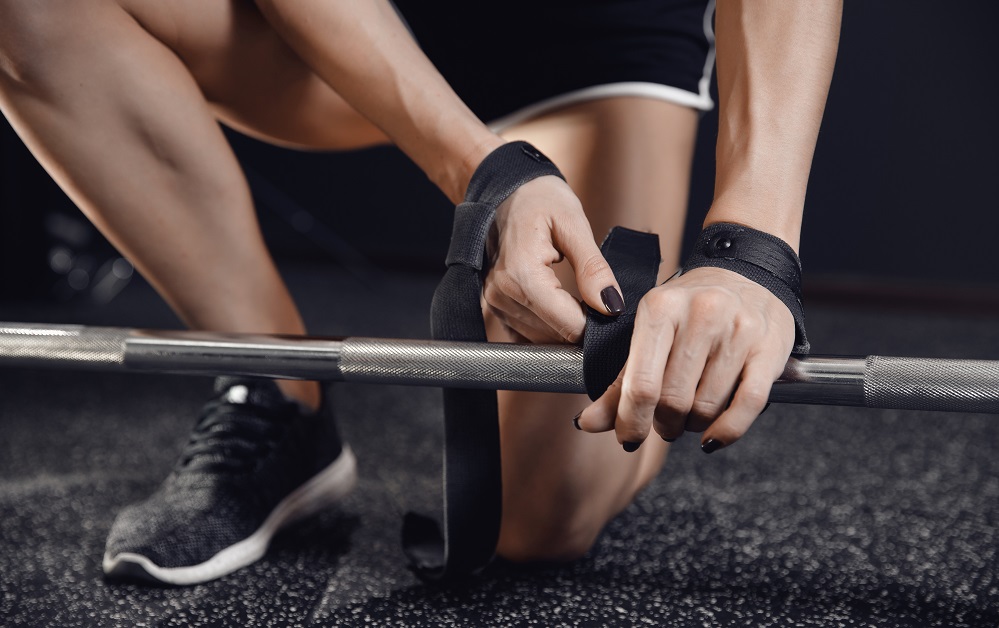
However, using such alternative equipment is a poor choice in the long term. They will act as a crutch and effectively prevent further development of your grip strength and forearm musculature.
We advise adding isometric grip work into your training routine if this is the route you wish to take.
Frequently Asked Questions (FAQ)
Why do People Deadlift with Different Grips?
Altering your grip style for the deadlift can help achieve different goals. A mixed or hook grip allows for more weight to be lifted, whereas a snatch grip or sumo grip allows for different musculature to be targeted.
Should You Grip the Deadlift with Fingers or Hands?
Both.
The palms and fingers should be flush against the barbell unless otherwise needed by your specific grip style.
Does Grip Matter on RDL (Romanian Deadlifts)?
Due to the shorter range of motion and lesser weight involved in repetitions of the Romanian deadlift, it is unlikely you will need any other grip technique apart from the double overhand standard.
However, it is possible to employ a hook grip in the rare instance that the weight is too heavy to maintain a hold on.
In Conclusion
With all the different styles of gripping the bar, finding the right one can seem overwhelming.
We advise picking out 1-2 that best fit your needs and to stick with them for several sessions so as to see whether they are appropriate for you.
In addition - keep in mind that your grip style is only one aspect of what should be an optimized deadlift stance. Ensure that your spine is protected, heels planted, arms straight and chest pushed outwards as you perform the exercise.
References
1. Pratt, Jedd & Hoffman, Arianna & Grainger, Adam & Ditroilo, Massimiliano. (2020). Forearm electromyographic activity during the deadlift exercise is affected by grip type and sex. Journal of Electromyography and Kinesiology. 53. 102428. 10.1016/j.jelekin.2020.102428.
2. Lake, Jason, Freddie Duncan, Matt Jackson, and David Naworynsky. 2017. "Effect of a Hexagonal Barbell on the Mechanical Demand of Deadlift Performance" Sports 5, no. 4: 82. https://doi.org/10.3390/sports5040082
